Agenda
12th of May, 2022
Main Room
08:00
Power Breakfast & Chairman’s address
08:45
Keynote
Massive hack and the best defence
Let’s talk on how the massive hack happened and why it’s such a big deal?
• What are the best practices to manage an incident?
• What are the best responses and lessons learned?
• Find out what are the greatest challenges that security professionals are facing
• How can we improve defences and why knowledge is the best defence?


Tim Brown
Ciso, Solarwinds
16:15
GADGETS, GADGETS, GADGETS Lottery
17:00
By invitation only annual CISO dinner Cruise
Green Room
09:20
Keynote
A Dive Into the Seismic Shift in Cybersecurity
From ransomware to cyber warfare, from Internet of Things to artificial intelligence, from driverless to autonomous, we are seeing a seismic shift in the digital and the threat landscape, cyber attacks and the overall risks.
• What are the top global and existential cyber threats & risks to your business?
• What is your true risk exposure and its impact on your business and society?
• How to build a sustainable defense for that next cyberattack lurking around the corner?
• How to better posture your organization in the age of convergence, uncertainty and staggering opportunities?

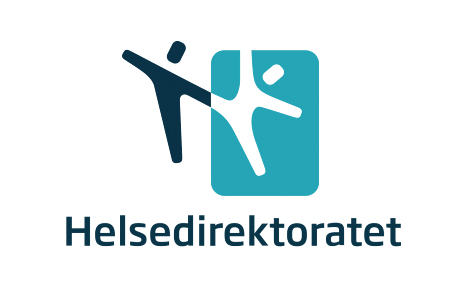
Monica Verma
Founder MonicaTalksCyber & CISO, Helsedirektoratet
09:40
Expert Panel
The rise of BYOD!
With advanced technology and the discern costs of providing their workforce BYOD become an attractive choice for employers, of course with secured devices. Employees are happy to keep track of one device for managing their personal and work items in one place.
• Can you shed some light on Top BYOD Risks?
• How are you dealing with BYOD at your organisation?
• On the contrary many organisations are trying to get rid of BYOD, how is it working for them?
• What does the future hold for BYOD?

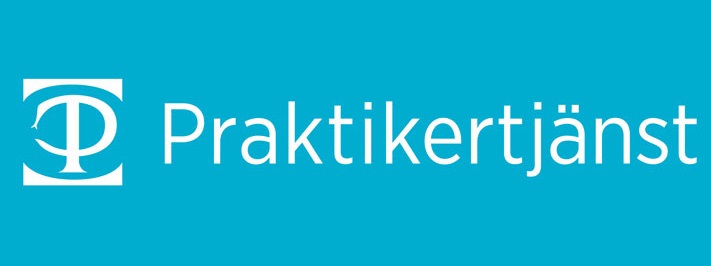
Jörgen Olofsson
CISO, Praktikertjänst


Kristian Teiter
CISO, HANZA Group


Erik Täfvander
Head of Cyber Security, ATG
10:10
Keynote
The final Attack Vector
Do you really know what’s on the threat horizon? What the next cyber enemy looks like? Security professionals work tirelessly to defend against new attack vectors, TTPs and 0-Days, but the rules of the game are about to change. Enter a new formidable threat: Augmented humans with the ability to directly interface with your tech stack. This is not science fiction, this is a real attack vector that many among us don’t even know exists. Utilising implanted technology, biohackers can compromise loosely connected devices, IoT, physical access security, and even plant ransomware with little to no IOCs. People are the attack vector, attack tool and attack target. In a world where implants, deep fakes, AI and identity collide, how do we evolve security when the lines between humanity and technology no longer exist. Is your security team ready?

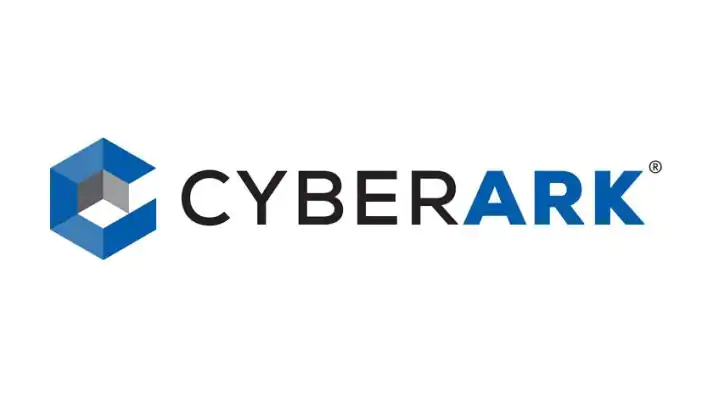
Len Noe
Technical Evangelist, White Hat Hacker, BioHacker, CyberArk
10:30
Coffee Break
10:50
Expert Panel
Innovating Securely in the Emerging World of Fintech
In today’s Fintech (e.g., digital lending and credit, mobile banking and payments, cryptocurrency and blockchain, and insurance), there is a need to remain compliant, yet innovative, and to still be able to deliver new products to market without losing speed. How are CISOs balancing emerging regulatory concerns while also taking risks to win market share?
• How compliance can still be achieved through the governance and tracking of developer adoption and activity
• Best practices for developer and security collaboration during hyper-growth and beyond
• Balancing regulation and innovation in a compliance-driven ecosystem


Elad Harel
Senior Solution Engineer, Snyk


Navaz Sumar
CISO, Tf Bank


Shafiullah Ismail
VP- Cyber Security and Architecture, Mubadala Capital
11:20
Keynote
Do you Know What Information Your APIs are Leaking?
• Security risks associated with the increased use of health monitoring APIs, API specifications, and GraphQL.
• Compliance and governance risks related to APIs that may inadvertently expose sensitive data.
• Why APIs used to facilitate account login/registration and inventory lookups are more susceptible to automated attacks.

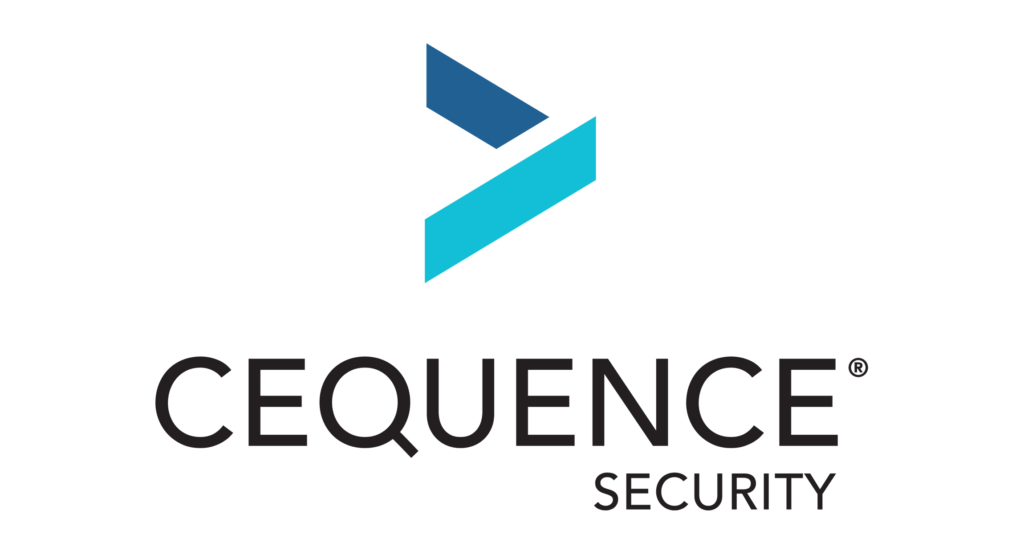
Jason Kent
Hacker in Residence, Cequence Security
11:40
Keynote
The Age of Intelligence
In a cloud centric world where the attack surface is becoming infinite, defenders struggle with acute uncertainty about who may or may not be targeting their industry, their region, their people at any moment, and the motivations behind those attacks. Difficult questions arise: What tools and techniques are being used to target what infrastructure, and does that infrastructure belong to me or any of my third party vendors? Am I vulnerable? The only way to optimise resources and defences is to understand the complete throughline of the attack in real-time, and to then deploy that knowledge automatically in as many places as possible, across all security areas and functions. Security teams need actionable and prescriptive intelligence delivered in real-time in order to answer the question: “Now that I know this, what do I do?” Join this session to discover how automated intelligence comes together across tactical, operational and strategic security functions to better defend against the adversary.


Marie Brattberg
Chief Strategy Officer, Recorded Future
12:00
Lunch
13:00
Keynote
How did the Department of Defence move to Zero Trust and DevSecOps with Kubernetes and Istio?
• How did the DoD partner with the Linux Foundation and Cloud Native Computing Foundation and the open source community to build their end to end DevSecOps stack?
• How to move at the pace of relevance while ensuring security is baked-in continuously?
• How to implement data-centricity and labelling down to the cell level across large organisations?


Nicolas M. Chaillan
First U.S. Air Force and Space Force CSO
13:20
Expert Panel
CNAPP: Innovating at the speed of cloud without compromising on security, risk and compliance
We all know that public cloud hyperscalers like AWS, Azure, and GCP enable you to deliver new products and capabilities at breakneck speeds. The challenge that everyone faces is how to effectively balance speed to market against compliance mandates, risk, and the equally fast-growing list of security threats. Normally, achieving balance has been a painful process, often pitting developers vs cyber security. Does CNAPP hold the promise of making cloud-native cyber-security easier?
• What are the real barriers to achieving cloud-native security?
• Why “Context-Aware” Cyber Security Platforms are changing our security priorities?
• Tell me HOW – How do we actually speed up cyber-security implementations across the entire Software Development Cycle?
• Every major cyber-security provider seems to be jumping on the CNAPP bandwagon. How can we differentiate between them?

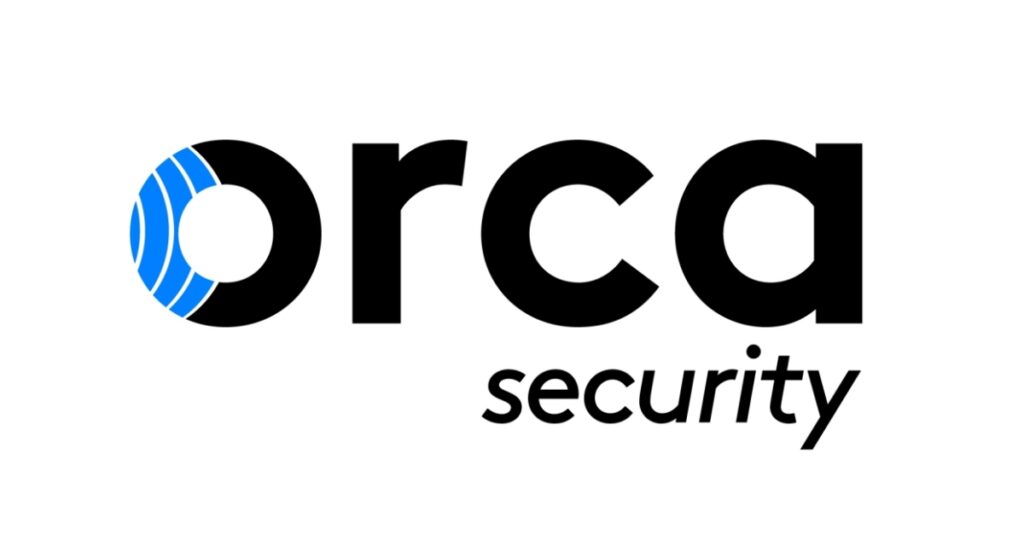
Eric Gold
Cloud Security Evangelist, Orca Security


Anne Hännikäinen
Global Head of Information Security & Data Privacy, Inter IKEA Group


Geir Arild Engh-Hellesvik
CISO, Vy

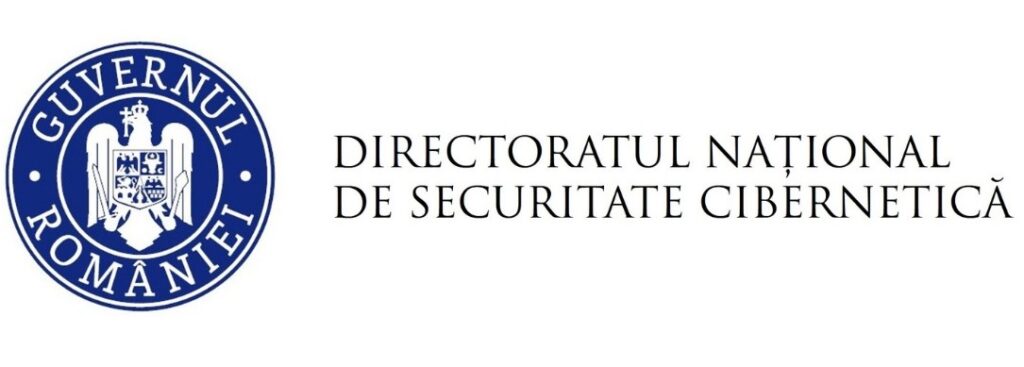
Dan Cimpean
Director, Romanian National Cyber Security Directorate
13:50
Keynote
Securing Applications from Vulnerabilities with Zero Trust
In order to protect against the evolving threat landscape, we must change the way in which we protect our data against vulnerabilities. To adapt, organizations are operating within the framework that no user, network, or device can be trusted by default until proven otherwise.


Seamus Lennon
Solutions Engineer, ThreatLocker
14:10
Expert Panel
In the Name of Security: How to achieve circular IT and data protection compliance.
With e-waste continuing to be an issue worldwide, and global data protection requirements increasing rapidly, how can you achieve Circular IT-management and full compliance? Join this panel to hear the discussion around how to avoid data breaches while changing to green asset decommissioning methods that can support your enterprise in meeting its ESG goals.
The panellists will tackle the following topics:
• Circular IT models and how to reduce pre-carbon footprint waste
• Best practice data disposal methods and how to avoid common pitfalls
• What can be done to shift the trend, while upholding the most stringent data security regulations


Fredrik Forslund
Vice President – Enterprise & Cloud Erasure Solutions, Blancco

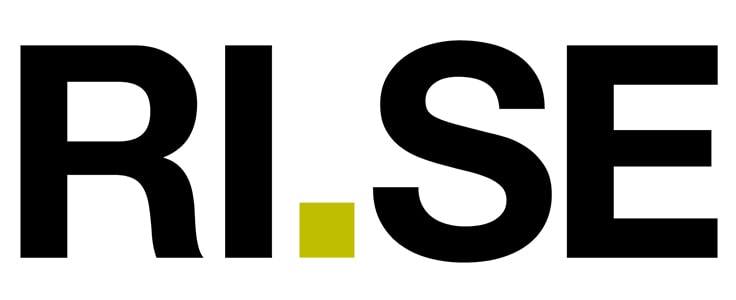
Shahid Raza
Director Security Lab and Expert Researcher, Director of Cybersecurity Unit and Expert Researcher, RISE Research Institutes of Sweden


Johan Kahn
Partner, Advokatfirman Kahn Pedersen
14:40
Coffee Break
15:10
Keynote
A CISO in the Boardroom
The role of the chief information security officer (CISO) has evolved dramatically in recent years. With cyber risks escalating, CISOs need to step out of the server room and come into the boardroom. Security decisions should be aligned with and support the business goals and even turn out to be a marketing tool. It’s not only about how to win more budget and capacity for your cybersecurity function but how and what benefits can a CISO bring to the board and why this cybersecurity role should be a managerial topic.


Rubi Aronashvili
Founder & CEO, CYE
15:30
Expert Panel
Ransomware in different industries!
More than 50% ransomware is targeting three industries, banking, retail and utilities, however every other industry is suffering equally when it comes to the impact of ransomware.
• Who will pay the cost?
• What type of regulatory frameworks does the industry need?
• How can we draw the line of liability? Are there societal aspects that we need to consider?
Security Doesn’t Live on Paper — An Interactive Crisis Simulation
Hosted by Immersive Labs
When the worst happens not even the best incident response plans can account for the human element. You might know how your tech will work under pressure but what about you and your people? In this interactive session, you’ll use your decision-making skills to find the threat and manage the growing crisis.
See the real time impact of the human element in crisis management and response
Gain a greater understanding of how decisions in a threat scenario have a business-wide impact
Discover how to strengthen your organisation on both sides of “the boom”, so it’s as ready before the impact as it is after it


Moderator: Erik Engberg
Sales Engineering Manager – Northern Europe, Immersive Labs
Panelist: Rob Reeves
Principal Cyber Security Engineer, Immersive Labs
Blue Room
09:20
Fireside Chat
The Eye Of The Cyber - Gaining the advantage over your cyber enemy
• What are MasterCard doing in the Cyber Security space?
• What does resilience mean to you?
• How do you ensure “cyber resilience” is part of everyday CEO/Board language?
• What are the biggest cyber threats to organisations now and in the next couple of years?
• Why the focus on external vulnerabilities over internal vulnerabilities?
• How can organisations better prepare themselves against cyber attacks?


Steven Brown
Director, Cyber Security & Resilience, Mastercard


Jarle A. Eek
Regional Director Mainland Europe, Mastercard
09:40
Keynote
Cyber risk and operational resilience
How to build a secure and resilient ecosystem? Which industries are at high risk?
• Security and resilience of the digital ecosystem
• Risks and resilience related to the specific industries (supply chain, manufacturing, transportation)
• Vendor/3rd party due diligence (early identification of key issues, negotiation strategy and remediation of identified risks)


Stuart Philips
Product Marketing Director, Interos


Jack Swedjemark
Head of Cyber Security, Sinch


Anwar Sulaiman
Data Protection Officer, Saab


Svante Nygren
Information Security Specialist, Svenska kraftnät
10:10
Expert Panel
Complex controls defeated by simple attacks – refocusing your protection strategies to address the real threat
In the wake of a pandemic, and global digital transformation, the cyber topic is more critical than ever. Security leaders struggle to identify, prioritise, and manage their risks across a myriad of technologies and services, all the while playing catch up to the threats. Yet the attacker’s playbook is surprisingly simple, and our new enterprise architectures have played directly into their hands. Join this session where we will discuss the developing threat landscape, providing real insights from Wasa Kredit enabling you to:
• Recognise the changing cyber landscape, and create impetus to tackle it before threats become risk events and incidents
• Pivot your attention, and resources, to focus on the major threat vector
• Operationalise the benefits, in terms of outcomes and actionable intelligence, that the journey delivers

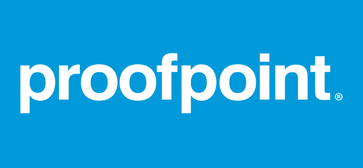
Andrew Rose
Resident CISO, EMEA, Proofpoint


Göran Walles
Snr. Strategy and Solutions Advisor (Cyber), NetNordic
10:30
Coffee Break
10:50
Expert Panel
The Insider Threat: The known attacking from the unknown
• How does insider threats work? If these are not identified in good time, what will be the consequences?
• There are many motivators for insider threats e.g: sabotage, fraud, espionage, reputation damage or professional gain, what do you think is the greatest motivator for the e-commerce industry?
• What is your take on the different types of threats for example Compromised users, Malicious users or Careless users?

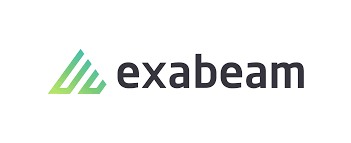
Samantha Humphries
Head of EMEA Marketing & Security Strategy, Exabeam


Filip Johnssén
Senior Legal Counsel Privacy, Klarna


Meisam Eslahi
Senior Director – Cyber Security, EC-COUNCIL Global Services


Olesya Danylchenko
Deputy Director, Ukrainian Interbank Payment Systems Member Association “EMA”
11:20
Keynote
$150 billion a year on cyber security and all I got was hacked
The digital economy has created a lot of good for organisations and consumers alike, but it has also created many challenges for security teams to keep the corporate ship watertight. It’s estimated over $150bn a year is spent on cyber security, yet breaches still continue to rise. And it appears that no matter how much money organisations throw at cyber, it’s becoming increasingly challenging to keep the defences up and the hackers out. So if throwing more money at the problem isn’t the answer… What is?
• Creating a watertight ship: How effective is your cyber security operating model?
• What can you do to ensure full ROI on your cyber security investment
• Learn from our cybersecurity profit and loss readiness toolkit


Jason Hart
Chief Technology Officer – EMEA, Rapid7
11:40
Keynote
The Path to Zero Trust by Securing Privileged Identities
Attacks on identity and privileged access pathways are relentless, with the stakes of a cyber-breach never higher. Securing privileged identity within your organisation has never been more important as it is the foundation of a successful Zero Trust implementation. Zero Trust is built on foundations that are essential across your cybersecurity strategy, delivering greater value from existing cyber investments. In this session, we will outline:
• Why protecting identities is fundamental to achieving Zero Trust
• Practical steps you can take NOW to secure your privileged identities
• The pivotal role Privileged Access Management plays in achieving Zero Trust


Lee Elliott
Director, Solutions Engineering, BeyondTrust
12:00
Lunch
13:00
Fireside Chat
Ransomware in different industries! Working against the clock
More than 50% ransomware is targeting three industries, banking, retail and utilities, however every other industry is suffering equally when it comes to the impact of ransomware.
• Who will pay the cost?
• What type of regulatory frameworks does the industry need?
• What is the legal treatment of ransomware and other infections of IT systems
• Action plans – inform, investigate, document
• How can we draw the line of liability?
• Are there societal and legal aspects that we need to consider?


Nicole van der Meulen
Head of Team EC3, Europol


Jennie Nilsson
Head of Data Protection and Privacy, DLA Piper
13:20
Expert Panel
Rise of social engineering - why must you be a vigilante?
What Does a Social Engineering Attack Look Like?
Security is all about knowing who and what to trust. Cyber criminals are increasingly using social engineering techniques to exploit the weakest link in the security chain: people. Phishing attacks are a subset of social engineering strategy that imitate a trusted source and concoct a seemingly logical scenario for handing over login credentials or other sensitive personal data. What makes you a target? Not all hacks are performed by keyboard Sophistication of Spear phishing Prevention of Social Engineering Attacks

Saif Ahmed Bhuiyan
Head of Content, Nordic IT Security Summit


Dimitrios Stergiou
CISO, Trustly

Christina Lekati
Social Engineering Security Specialist, Intelligence Analyst


Daniel Marques
Head of Cyber Security, Miniclip


Akshita Nikude
Cloud Security Engineer, Amazon Web Services
13:50
Keynote
Trust and the Mesh
Zero Trust is one the biggest marketing buzzwords in our industry today. We’ll start by outlining:
• What zero trust means in more realistic terms
• Provide a framework for pursuing a zero trust architecture incrementally
• Discuss how the service mesh can be used as a basis for a strong runtime security system implementing a zero trust architecture, helping place the mesh in the context of the larger ZTA effort.

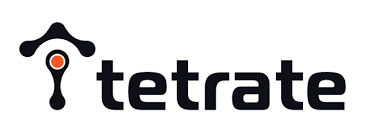
Zack Butcher
Head of Product and Founding Engineer, Tetrate
14:10
Expert Panel
Cyberwars: How to dodge the Digital Bullet?
Cyber warfare involves the actions by a nation-state or international organisation to attack and attempt to damage another
nation´s computers or information networks. Private networks are becoming national security assets – whether we want it or not. Cyberattacks have the potential to be just as disruptive as bombs. In the wake of wartimes, everybody is responsible.
• Are we ready for cyberwar?
• The arsenal of Cyber Weapons
• How big are resources of political-related attacks?
• Hybrid warfare and recent cyber attacks
• How can we protect ourselves against digital bullets?

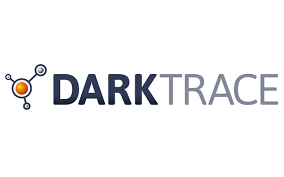
Linnea Skärdin
Leader in AI for Cyber Security, Darktrace


Gazmend Huskaj
Head of Cyber Security Cluster, Geneva Centre for Security Policy

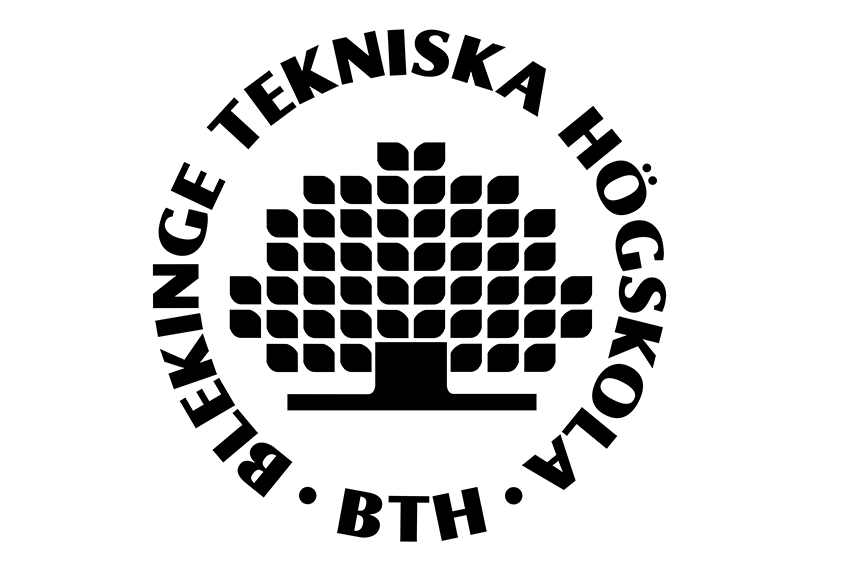
Oleksii Baranovskyi
Ph.D., CISSP, CISM, CEH, CHFI, ISO, Blekinge Tekniska Högskola


Catharina Candolin
Expert (Cyber Security), OP Financial Group

Thomas Lund-Sørensen
Partner at Macro Advisory Partners and former Head of the National Centre for Cyber Security
14:40
Coffee Break
15:10
Keynote – TBA
APIs as Your Ultimate Honeypot
• How the use of the accelerator of all modern web applications goes horribly wrong, and what to do to prevent it.
• What are some of the popular API security measures and why they are not enough
• How to recognise data leakages and what to do to counter them
• How to spot irregular behaviour in both B2B and B2C APIs


Pal Balint
Lead Engineer, Imperva
15:30
Expert Panel
Ending the cycle- How to evade becoming a hybrid threat enabler? Cyber attacks don’t come out of thin air but require intel, technology and foremost funding!
For most of the financial sector battling illicit money flows is as important as the technological and business process safeties for stopping the hybrid attacks against themselves, their customers and partners across the supply chain.
• Cooperation with financial intelligence units and the law enforcement community helps to protect the company and its customers.
• The future of hybrid defence relies on networks of private companies, public institutions and AI solutions like proposed by the TRACE project consortium.


Thea Sogenbits
CISO, Estonian Tax and Customs Board


Markus (Macke) Küchler
Head of Global IT Security, Epiroc
Lukáš Vilím
Police Of The Czech Republic National Organized Crime Agency
Martin Bartos
Police Of The Czech Republic National Organized Crime Agency
Yellow Room
09:20
Are you Prepared for an AD Disaster?
Because Active Directory is the backbone of your IT infrastructure, Active Directory security is critical. Your AD infrastructure is often a target for cyberattacks and will be impacted in case you are hit by Ransomware. Understanding how to prepare for and recover from AD security threats is critical to preventing your business from being brought to a halt.
• The most common Active Directory security risks
• What you should prepare for in the 2022 cybersecurity landscape
• How to protect and recover your Active Directory in a broad range of scenarios

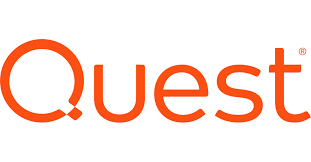
Daniel Sjogren
One Identity by Quest
09:40
How to effectively reduce cloud risk and prevent future attacks of your cloud estate
Despite the availability of numerous cloud security solutions, most organizations are still reacting to incidents and struggling to effectively reduce risk across their cloud estate. Join Tom Finch, EMEA Solution Engineer at Wiz, to learn how Wiz reimagines security in the cloud and has already helped more than 20% of the Fortune 500 build scalable and predictable workflows that accelerates secure innovation. In this session Tom will cover;
• How inconstant coverage across clouds, architectures and technologies creates blind spots and noisy alerts
• Real-life examples of how Wiz correlates the entire security stack to identify the most critical risks
• Simple strategies to break down operational silos and proactively harden your cloud against future attacks


Tom Finch
EMEA Enterprise Solution Engineer, WIZ
10:00
Building Cyber Resiliency in 2022 for your MSP business: Cyber Resiliency should drive growth whilst also protecting your MSP business
• An Overview of the threat landscape
• How to build Cyber Resiliency whilst driving business revenue
• Discuss the NIST framework and look at technologies to support cyber resiliency for you and your customers


Greg Jones
Business Development Director EMEA, Datto
10:20
Ready to Defend – Don’t bring flipflops to a 100m sprint
Cyberattacks and threats such as phishing, malware and ransomware challenge security teams on a daily basis. During the pandemic and with the new increased flexibility of work, office and data locations, it’s never been more critical for security teams to be efficient and effective.
The constant evolution of security tooling is all about providing real-time visibility to detect and respond earlier, faster and more effectively to threats and attacks, all to circumvent existing security controls of the ever-changing attack surface.
During this session, we will discuss how you can ensure your security operations team has the visibility and tools they need to reduce your organisations’ response times.
As part of this discussion, the team will explore:
• The evolution of security tooling and what is critical to any organisation’s tech stack
• The Gartner SOC Visibility Triad and why it is still relevant
• Real-life use-cases and tips for getting buy in from your board to support your investment requirements
Join us for this interactive session and gain actionable insights to help you defend and protect critical data and infrastructure from emerging cyberthreats.

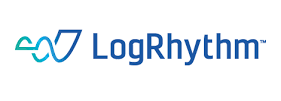
Kev Eley
Vice President Sales Europe, Logrhythm


Severin Collins
Senior Enterprise Sales Engineer, Logrhythm
10:40
Coffee Break
11:00
Redline and Racoon: How stealer malware created havoc and what to do about it
Input loggers and stealer malware have enabled cyber criminals to generate easily exploitable initial access for state-sponsored threat actors and script kiddies alike. Although proper multi-factor authentication has never been more important, it can still, unfortunately, be circumvented. Using recent examples of successful attacks and breaches, get a close-up look at how Recorded Future tracks adversarial activity and enables you to adopt a proactive, intelligence-led security posture. You will learn:
• How to identify and prioritize threats by risk score
• Where to track threats in one view
• How to alert on new threats affecting your organization


Julius Nicklasson
Team Lead, Intelligence Services, Recorded Future
11:20
Successfully Fending off Phishing & Social Engineering - How Modern Security Awareness Works
• Current facts about the threat level for phishing & social engineering
• The role of psychological behavior patterns
• Next level awareness training based on psychology of learning
• Gamification and interaction as success factors for defense against hackers

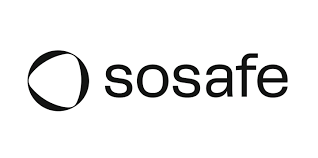
Dao Tran
Head of International Partnerships, SoSafe
11:40
Security at the speed of light: From "Cloud Chaos" To "Cloud Confidence"
• Secure the full spectrum of your cloud with continuous visibility
• End to end protection that never stops learning
• Shine a light on the true risk of your cloud and act on true threats


Eric Westberg
Senior Sales Engineer, Lacework
12:00
Lunch
13:00
Do you have your most privileged users under control?
Privileged accounts and privileged users are the number one target for attackers and if compromised it can cause the most harm to your organization.
We will look into:
• Why privileged accounts and privileged users must be governed properly
• How the integration of Identity Governance and Privileged Access Management (PAM) closes the gap for full governance
• How zero standing privileges can increase your security to protect the most sensitive accesses in your IT landscape


Ingvar Johansson
Pre-Sales Engineer, EMEA, One Identity
13:20
How to keep your Planes in the Air – bouncing back quickly after a cyberattack
An important element of recovering from a cybersecurity incident is having in place a coordinated process for analysing, reporting, and remediating as quickly as possible after the attack. But manual investigations involve too much time and too many variables to constitute an adequate post-breach strategy.
Factors such as these, plus the need to gather data in a manner that will be defensible in a court of law, has given rise to fast-growing demand for robust post-breach response tools.
• Advantages of distributed processes engines
• Ceberus – at risk file indication
• Isolation of compromised machines


Mark Hasted
Senior Engineer, Exterro
13:40
Network Detection and Response to enable a Zero Trust Architecture
Modern Infrastructures require network observability that gives enterprise-wide traffic visibility and contextual insights to observe both performance and security.
• Zero Trust Architecture
• NTA – Network Traffic Analysis
• NDR – Network Detection and Response
• Threat Hunting
• Network Forensics



